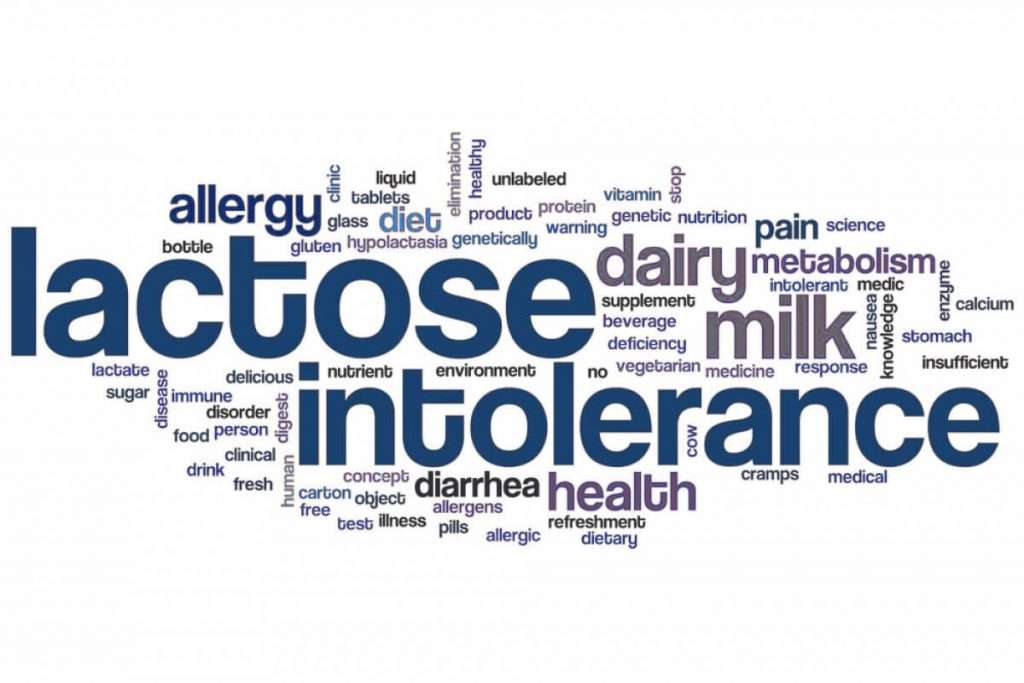
Existen muchos mitos en torno a la intolerancia a la lactosa y eso ha llevado a que en la actualidad muchas personas se hayan autodiagnosticado como intolerantes a la lactosa o incluso, como alérgicos a la lactosa, cuando presentan síntomas intestinales tras el consumo de lácteos, principalmente.
En primer lugar, hay que indicar que la intolerancia a la leche se debe a una malabsorción a nivel intestinal de lactosa, el azúcar mayoritario de la leche. En cambio, la alergia a la leche se debe a una reacción inmunológica a las proteínas de la leche. Los síntomas son muy diferentes en ambos trastornos.
No confundas la intolerancia a la leche con la alergia a la leche. Sus causas, síntomas y consecuencias son muy diferentes.
La alergia a la leche suele manifestarse en niños muy pequeños, en los que se puede observar la aparición de ronchas cutáneas, granitos, picor e inflamación de garganta, nariz y ojos, estornudos, dificultad respiratoria y, en los casos más graves, una anafilaxia que puede ser fatal. La reacción se puede desencadenar tras una mínima ingesta, aunque sean trazas de proteínas lácteas. El diagnóstico lo realizará un Especialista en Alergología y el tratamiento consistirá en realizar una dieta estricta exenta de cualquier producto lácteo.
En cambio, la intolerancia a la lactosa se manifiesta generalmente en adultos, con síntomas únicamente digestivos: dolor abdominal, flatulencias, distensión abdominal, diarrea, náuseas, etc. Nunca va a provocar síntomas tan graves como una anafilaxia, por lo que no hay un riesgo grave para la vida, incluso si se ingiere una pequeña cantidad de lactosa. El diagnóstico lo realizará un Especialista en Gastroenterología mediante pruebas en sangre, biopsia intestinal o, principalmente, mediante un test de aliento. El tratamiento también consistirá en evitar la lactosa aunque generalmente, todos los pacientes toleran sin problemas algunos derivados lácteos, como queso y yogures, donde la fermentación de la lactosa genera ácido láctico, que no da problemas de intolerancia.
Si tienes síntomas digestivos cuando tomas alimentos lácteos o derivados y crees que puedes ser intolerante a la lactosa, realiza un test de aliento y sal de dudas de forma rápida y sencilla.